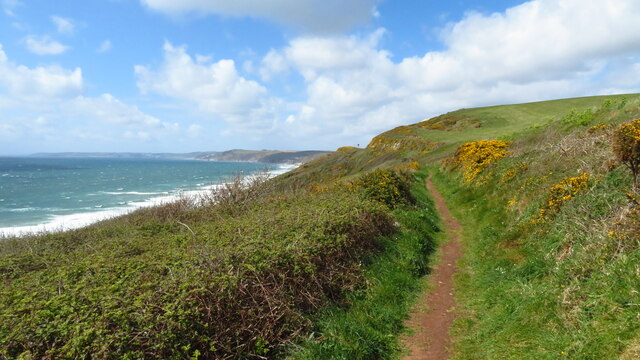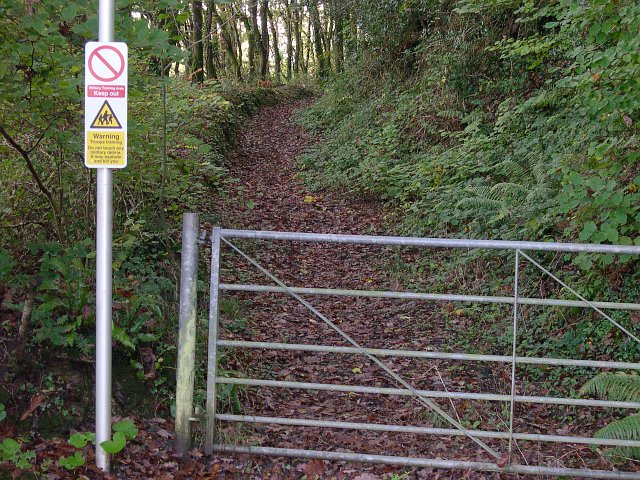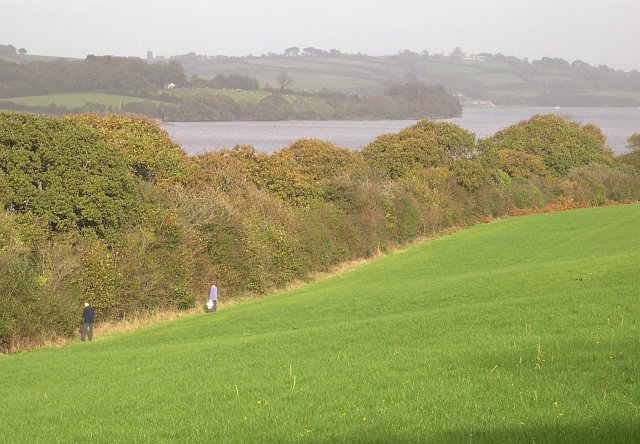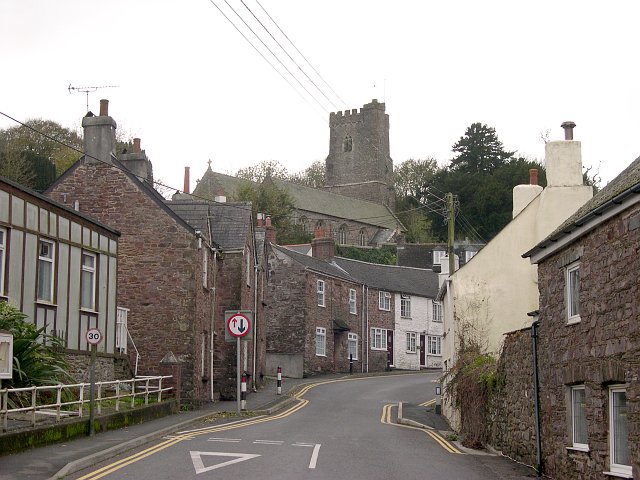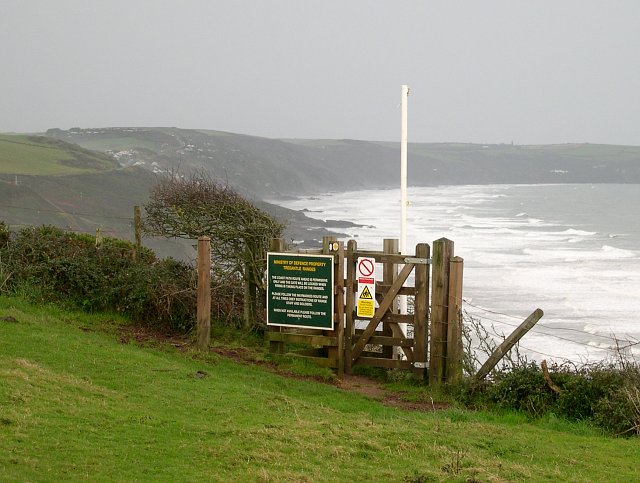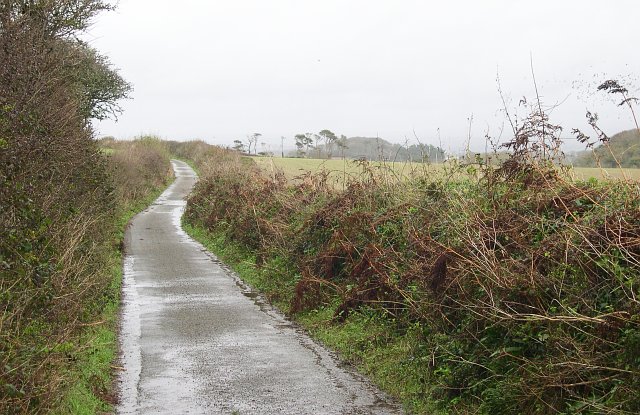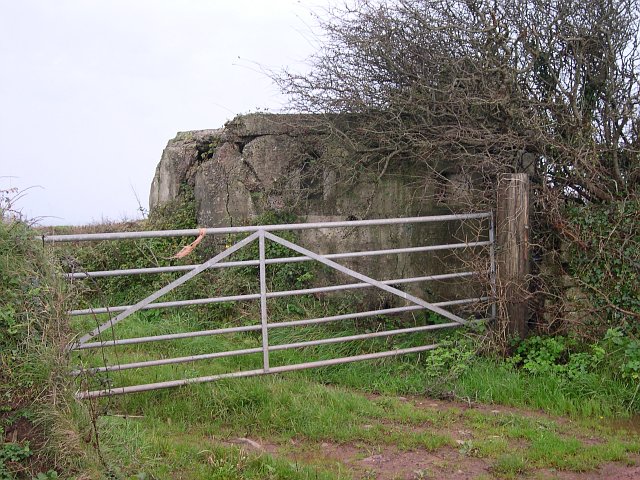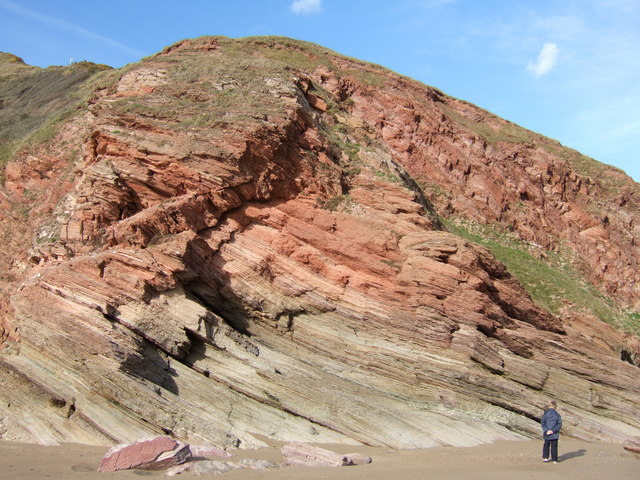Gradna Plantation
Wood, Forest in Cornwall
England
Gradna Plantation
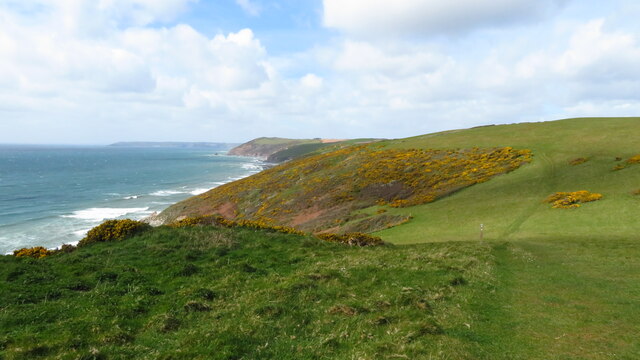
Gradna Plantation is a charming woodland area located in Cornwall, England. Covering a vast expanse of land, it is known for its beautiful and diverse array of trees, making it a popular destination for nature enthusiasts and hikers.
The plantation is predominantly composed of native tree species such as oak, beech, and birch, creating a rich and vibrant forest ecosystem. These trees provide a lush canopy, offering shade and shelter for a variety of wildlife, including birds, insects, and small mammals. The undergrowth is filled with ferns, mosses, and wildflowers, adding to the natural beauty of the area.
Visitors to Gradna Plantation can explore the numerous well-marked trails that wind through the forest, offering a chance to immerse themselves in the tranquil surroundings. The paths range from easy strolls to more challenging hikes, accommodating visitors of all fitness levels. Along the way, there are several viewpoints that provide breathtaking vistas of the surrounding countryside, allowing visitors to take in the stunning natural scenery.
For those interested in the history of the area, Gradna Plantation also holds cultural significance. It was once part of an ancient estate and has remnants of old stone walls and structures hidden among the trees, providing a glimpse into the past.
Overall, Gradna Plantation in Cornwall is a haven for nature lovers, offering a peaceful retreat from the hustle and bustle of everyday life. With its diverse flora and fauna, well-maintained trails, and scenic views, it is a must-visit destination for anyone seeking solace in the beauty of nature.
If you have any feedback on the listing, please let us know in the comments section below.
Gradna Plantation Images
Images are sourced within 2km of 50.365867/-4.2801806 or Grid Reference SX3754. Thanks to Geograph Open Source API. All images are credited.
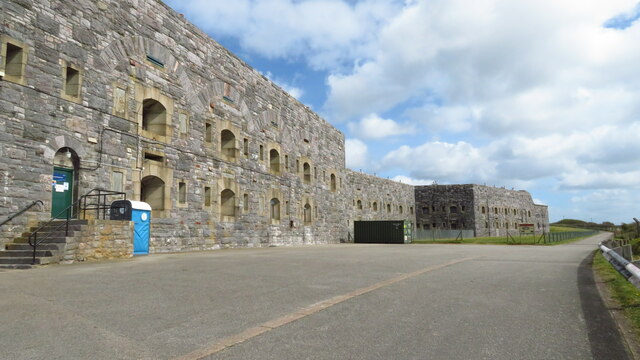
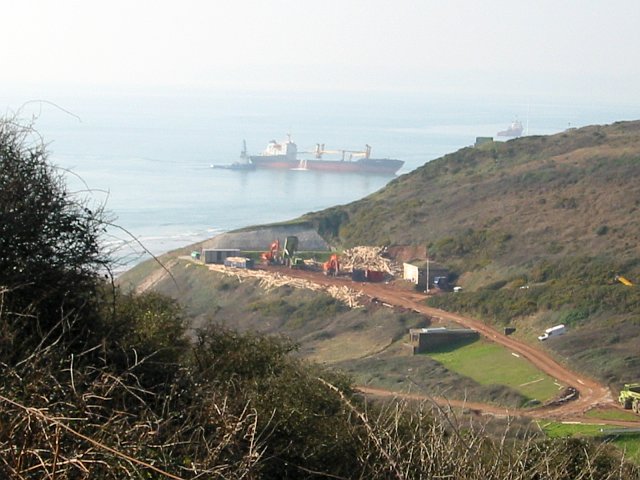
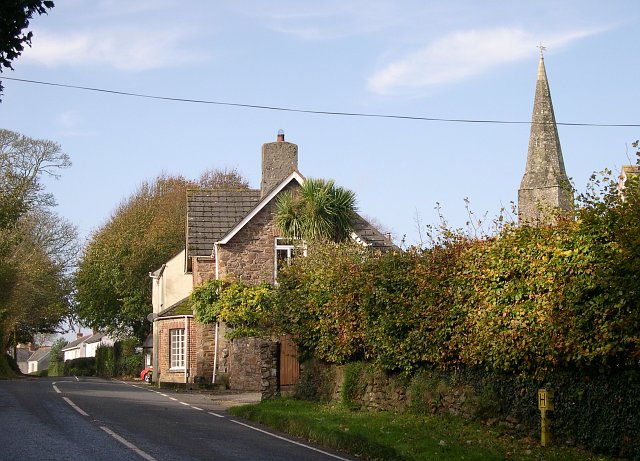
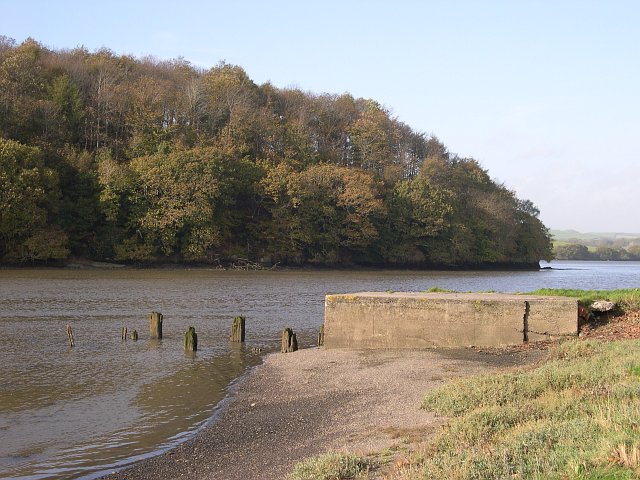
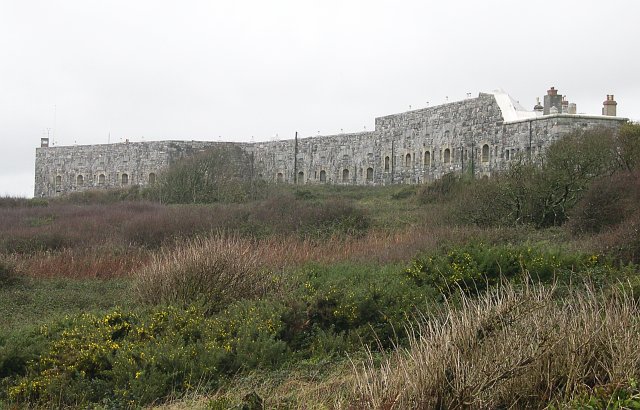
Gradna Plantation is located at Grid Ref: SX3754 (Lat: 50.365867, Lng: -4.2801806)
Unitary Authority: Cornwall
Police Authority: Devon and Cornwall
What 3 Words
///unless.survivor.ballpoint. Near Millbrook, Cornwall
Related Wikis
Tregantle Fort
Tregantle Fort in south east Cornwall is one of several forts surrounding Plymouth that were built as a result of a decision in Lord Palmerston's premiership...
Sheviock
Sheviock (Cornish: Seviek, meaning strawberry bed) is a coastal civil parish and a hamlet in south-east Cornwall, England, United Kingdom. The parish is...
Lower Tregantle
Lower Tregantle is a hamlet in Cornwall, England, UK. It is about half a mile south of Antony; Higher Tregantle is about a quarter of a mile further south...
Crafthole
Crafthole is a village in the parish of Sheviock, in southeast Cornwall, England, UK. The village has a pub (Finnygook Inn), Post Office, shop, Methodist...
Nearby Amenities
Located within 500m of 50.365867,-4.2801806Have you been to Gradna Plantation?
Leave your review of Gradna Plantation below (or comments, questions and feedback).
